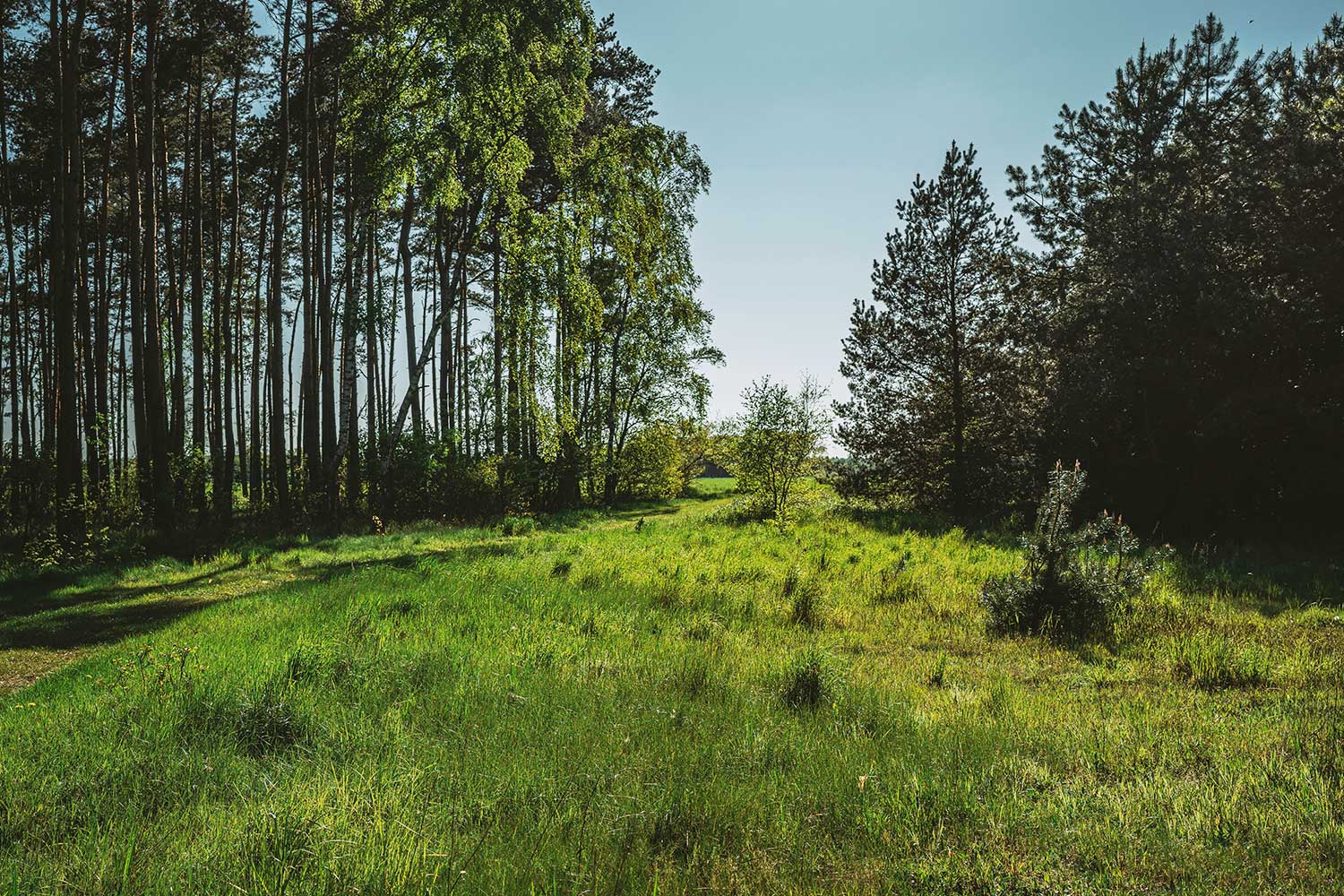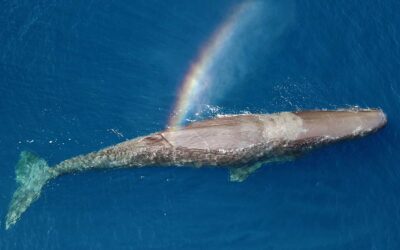Generals vs. Specific Lessons from Conservation Projects
What works and what does not work is generally as diverse as the projects, because different species or ecosystems exist in their own specific context. They are, for instance, opposed to varying threats and conditions due to the unique environment they are part of. Also, the policy and regulatory landscape can differ substantially between countries or even regions within a country, which also alters the ideal approach. Finally, each project is unique concerning the resources, including knowledge, funds, and skills, that conservationists have at hand to plan and implement conservation action. Thus, a conservation approach always has to be tailored to the specific circumstances and resources to fit locally. Some learnings are therefore quite specific and only useful for conservation projects that are dealing with a similar situation and in a comparable setting.
Still, upon examining a variety of conservation initiatives, one will find that some strategies work well across different conservation projects, strategies that are generally lacking in projects that end up failing their conservation goal. To some extent, it is thus possible to generalize and find principles that enable success for most conservation projects, independent of the unique situation of the conservation target.
Why Involving Local Communities Matters
A conservation plan can be thought through meticulously, the necessary funds secured, and the right people with the needed expertise and skills assembled, but if the locals are not on board with it, implementation is very likely to fail. Not including the local community in the project from the very beginning usually results in a lack of local support or even active opposition because they feel ignored and their concerns are not heard. As a result, local communities may resist changes, for example, by ignoring newly implemented regulations, making positive conservation outcomes impossible. Not being backed by local acceptance can also lead to tensions or even violent conflict with conservationists. Generally, there will be an erosion of trust, making future partnerships and collaboration between conservationists and the local community at least more difficult if not impossible.
Community-based conservation and seeking the acceptance of locals is not only about avoiding negative outcomes. Local communities are a valuable resource in themselves that, used early on and in a meaningful, forward-thinking way, can substantially contribute to the long-term success of a conservation project. One major contribution is knowledge; Locals usually have a vast traditional ecological knowledge about their area, which is often not documented but crucial for effective nature conservation. Conservationists should also consider that while they have to eventually leave the project side, locals are the ones who stay. Thus, they are a valuable part of making the conservation outcomes last, ensuring long-term protection of the area and enforcing ongoing sustainable use of resources.
A good example to illustrate the power of including the locals is the turtle project in Cape Verde. Turtles are here being killed for meat, nowadays more out of tradition than for a lack of food. A first attempt to protect the turtles was a rather top-down approach, mainly consisting of sending armed patrols out during nesting season, which is when the marine sea turtles are especially vulnerable as they go on land to lay their eggs. It is safe to say that this approach failed, as poaching continued and turtles were still killed in large numbers. A new project started in the early 2000s, heavily focusing on involving local communities by already including them in the research phase, training, and empowering them to become turtle ambassadors, which in turn helped to substantially extend the reach and capacity of the project. Local volunteers were furthermore recruited in a citizen-science project to patrol the beaches and collect data.
This community-led approach resulted in a 90% drop in turtle killings, and as an added benefit, they’re now even able to conduct more research that will hopefully benefit the species in the future. You can find more information on the project here.
The Role of Protected Areas
Looking at the scope of national and global conservation efforts, a key component of some successful projects is the creation of some form of protected area. These can be national parks, nature reserves, wilderness areas, community conserved areas (nature conservancies), or other natural spaces, dedicated to the conservation of our wildlife. Typically, they are managed in a way that ensures long-term protection of nature within this area. Sometimes, protected areas are not only aimed at conserving nature for the sake of it, but also to secure ecosystem goods and services that this area provides, like food and clean water, or cultural services, like recreation and education. Therefore, the type and extent of access humans have to a protected area can vary quite a lot, from strictly minimizing human disturbance to public access being an important component (think about eco-tourism in national parks, for instance). Recently, climate change adaptation and mitigation considerations have become part of the planning of protected areas as well, for example, as a form of flood control or the cooling effect of trees.
Protected areas work well as nature conservation approaches because they not only protect one species but the whole habitat in which a variety of species exist. Thus, all the resources a species needs for survival, for instance, food and shelter, are included in the conservation plan. Furthermore, these areas usually require a lot of planning and regulation, for instance, what and how many resources within this space can be used. This allows a certain level of control that helps conservationists to monitor and interpret changes. If we are thinking about protected areas that can be visited, like national parks, another reason for their success becomes apparent: tourism allows for an alternative income for local communities and the project, and helps raise awareness and educate about conservation issues.
Addressing Habitat Loss
Habitat destruction is one of the major threats to biodiversity, and as such, it seems logical that addressing it is a central part of successful nature conservation. Indeed, projects that reintroduce species without ensuring restoration and protection of the species’ habitat are destined to fail in the long term.
Habitat loss describes the destruction of the natural area where a species finds shelter, food, and mates, basically their home. This is mostly due to human activities, like deforestation and urbanization. But also natural events, like extreme weather and climate change, can result in species losing their habitat. Of course, it can be debated how natural ‘natural events’ are, as many of the extremes are mostly driven, or at least accelerated, by human activities. A good reason to also take this type of habitat loss into consideration when planning for conservation measures.
No matter how one wants to classify the reasons for it, it is clear that habitat loss reduction and restoration have to be central to protecting or reintroducing a species. Protected areas, as described above, are a great way to address habitat loss.
Controlling Invasive Species
Even the best-protected habitats, well monitored and safeguarded within protected areas, are vulnerable if the threat of invasive species is not addressed. Experiences from previous conservation efforts have shown that non-native species can quickly undermine biodiversity gains and thus highlight the urgency to integrate invasive species management into all conservation plans.
When we are talking about invasive species, we mean plants and animals that enter and establish in an ecosystem they are not native to. This often happens due to human activities like traveling or trading. Invasive species pose a serious threat to the local ecosystem because these non-native species compete for resources with the local species, disrupt important ecological interactions, and transmit diseases. Detecting the presence of invasive species is therefore a critical step in nature conservation projects. Addressing this threat includes removing invasive species that are established in an ecosystem and also preventing the establishment of non-native species. The latter can be realized through policies like wildlife trade treaties and supporting the planting of native species to minimize the import of non-native plants and promote a healthy and resilient native ecosystem.
Best Practice: Sustainable Management Of Ecosystems
What becomes increasingly clear when looking at previous conservation efforts – and you might even see this reflected in the learnings described above – are two things. First, ecosystems are complex. Keeping them healthy and stable, or restoring them while considering all the connections, relationships, and feedback loops within an ecosystem, can become very complicated. Second, natural systems and human activities are interconnected. These connections can be obvious and direct, like deforestation to build new infrastructure, or others are rather indirect and thus often difficult to connect to a specific conservation target, for instance, climate change. Also, as humans, we are part of nature and rely on natural resources and services provided by these complex ecosystems. Thus, next to ecological needs, it has proven successful to also consider social, political and economic factors in conservation projects – a holistic approach.
The learnings described above address this at least partly. However, looking at a global scale of success stories, we can say that projects are often more successful when multiple of these strategies are integrated at once. The goal should be ecological restoration and biodiversity protection, while maintaining the ecosystem services nature provides in a sustainable way, an approach also known as sustainable management of ecosystems. Besides integrating multiple strategies, this ecosystem management approach is known for a focus on long-term impact and being flexible to adapt to changing conditions.
What approach works best for conservation organizations?
Running a successful conservation project isn’t always as straightforward as it might seem after reading through these lessons learned. Of course, this is because these lessons are general findings based on research on a global scale. Often based on large-scale projects. But did you know? Conservation efforts don’t always have to be large in scale to be effective. We don’t always have to create protected areas, hire rangers, and include the communities. Some conservation efforts don’t revolve around an area at all, like The Herds creating art to get people talking about wildlife migration and climate change, or Sensing Clues using their skillset to build digital infrastructure supporting field rangers, and our Stargazer, Mike Brampton, bringing people closer to nature, just like Warren Samuels does via storytelling. Conservation efforts can literally start in front of your door, if you plant a pollinator-friendly flowering meadow in your front yard, for example.
As you can see, there are definitely commonalities to be found in large-scale conservation efforts, but efforts don’t always have to be big, bold, and well-funded. They can start small, with a passion and a skillset of an individual, eventually resulting in a cascading effect with a positive global outcome.



